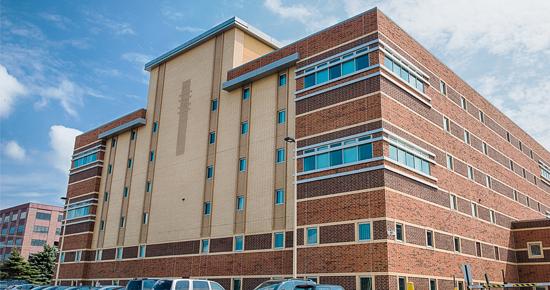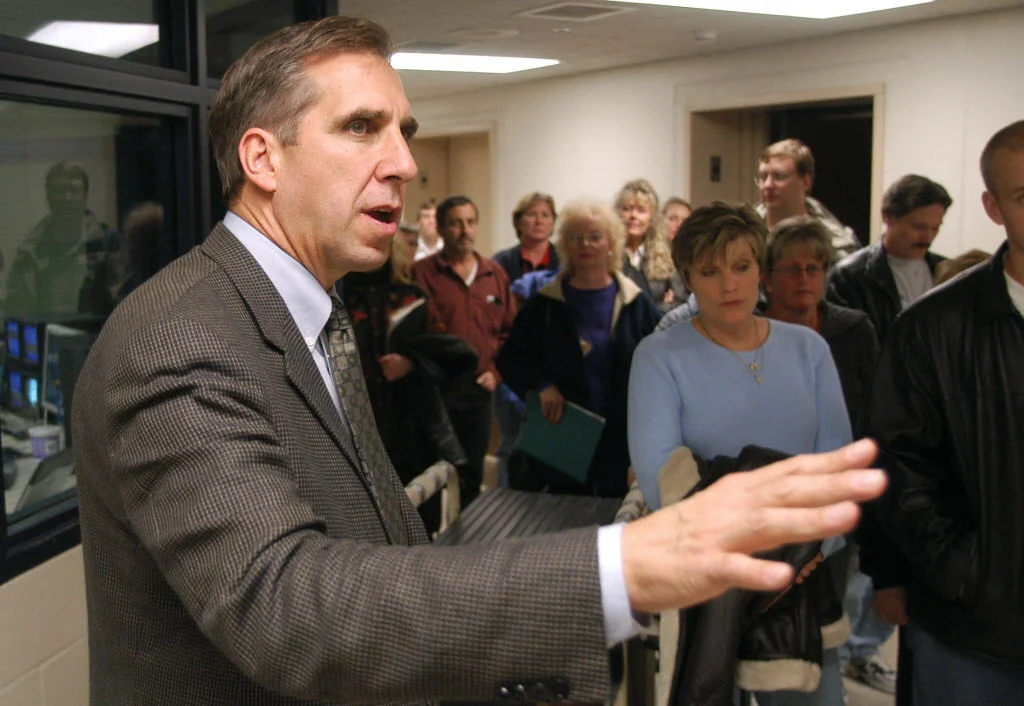INTRODUCTION
“Our blueprint is designed around the human needs of the incarcerated person. Providing chemical addiction treatment and mental health services will be a top priority. Addressing disparities experienced by people of color will help achieve long-term public safety reform. These goals can only be achieved by providing a safe and secure environment for both inmates and staff.”
- Bob Fletcher
BACKGROUND
Both nationally and locally, criminal justice systems continue to experience more contact with individuals who have some form of mental, chemical, or behavioral health concerns. Changes in the justice system are needed to eliminate inequalities and institutional barriers. These types of changes bring efficiencies, cost savings, and reduced civil liability and improved public safety as inmates re-enter the community connected to the resources needed to succeed. Therefore, the “Bold Blueprint for Detention Reform” reflects that:
80% of incarcerated persons in America have some form of chemical addiction
73% of incarcerated persons have difficulty reading
An estimated 70% of incarcerated persons have mental health issues
Nearly 60% of all bookings at the Ramsey County Adult Detention Center are people of color
At present, there are many barriers to rehabilitation at the Ramsey County Adult Detention Center:
Inmates are subject to regular lockdowns and segregation
Only minimal services are made available to inmates
Recent state inspections show several non-compliance issues related to staffing and safety
An inmate was able to commit suicide last summer while in-custody
Staffing remains an ongoing concern even after a vote of no confidence by union members
The transition between the Adult Detention Center and Ramsey County Correctional Facility (Workhouse) is cumbersome when a person transfers custody between facilities
After release, a person is not always able to access adequate services for mental health, chemical addiction, education, training, employment, or housing
Put simply, the current system is not sustainable for long-term public safety and community goals. Inmates are most successful when they have regular contact with their family members and access to mental health resources (including counseling and medication for depression, anxiety, and withdrawal from addiction). Likewise, educational opportunities and a robust offering of external services, including employment training and housing assistance, help inmates to become productive members of society and reduce the likelihood of further contact with the criminal justice system. This reduces crime, victimization, and the overall costs to taxpayers.
VISION
As Sheriff, I am committed to reforming the detention system based on best practices and the needs of the people served. Individuals must be afforded every opportunity for success upon release and return to the community. To do this, we must redesign a system that will keep the community safe and:
Eliminate inequalities and institutional barriers. As noted, there are many barriers to rehabilitation at the Ramsey County Adult Detention Center. To resolve this, the Sheriff’s Office will work with government, non-profit, and community organizations and establish a taskforce for detention reform. Within six months upon taking office, the Detention Reform Taskforce—with input from local, state, and national leaders—will start working together to eliminate disparities experienced by people of color and align services to the human needs of inmates.
Provide mental health, chemical addiction, and social services. While there have been efforts to staff mental health professionals at the Adult Detention Center, additional services are required to achieve equitable outcomes and prevent further contact with the justice system. As such, the Sheriff’s Office will partner with county departments and community providers to start offering a continuum of services that includes treatment of mental, chemical, and/or behavioral health concerns as well as opportunities for education, training, employment, and housing. Annually, the Sheriff’s Office will report on our advancements and outcomes of the mental health, chemical addiction, and social services that will now be provided to inmates.
Guarantee the safety of inmates, staff, and visitors. The recent death of Correctional Officer Joseph Gomm, in the line of duty, was a solemn reminder of the dangers faced by Correctional Officers across the country. The Sheriff’s Office will start to effectively manage the Adult Detention Center. This means improving working and inmate housing conditions, providing training, and adhering to state rules and regulations. An annual progress report will be posted online and detail key areas where improvements have been made.
Merge and share resources with the Ramsey County Correctional Facility. Merging and sharing resources and services between the Adult Detention Center and Correctional Facility will create a more seamless transition in care and increase the success of those incarcerated. In the first year, an estimated $100,000 will be saved. Then, annually, this merger would save $500,000 in administrative overhead that can be redirected to mental health and chemical addiction services.
Establish a Reentry Resource Center. Upon release from the Adult Detention Center or Correctional Facility, the Sheriff’s Office will staff a Reentry Resource Center to ensure offenders continue to have access to services, medication, mental health professionals, and chemical addiction treatment programs in the community. Planning for the Reentry Resource Center will start in January 2019 and the center will be operational by the winter.



